Rehabilitation Technologies: 6 Technologies Transforming Healthcare in 2024
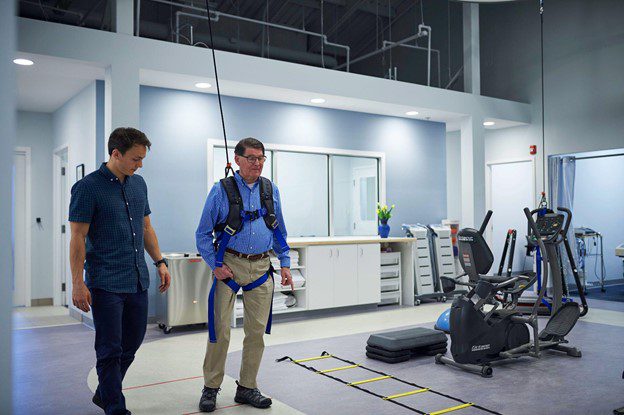
Rehabilitation technologies are pushing the boundaries of what’s possible, offering patients new hope and opportunities for recovery. As technology continues to advance at an unprecedented pace, its impact on the field of rehabilitation is nothing short of revolutionary. In this blog, we’ll explore five technologies that are poised to make a significant impact on rehabilitation in healthcare in 2024.
1. Artificial Intelligence
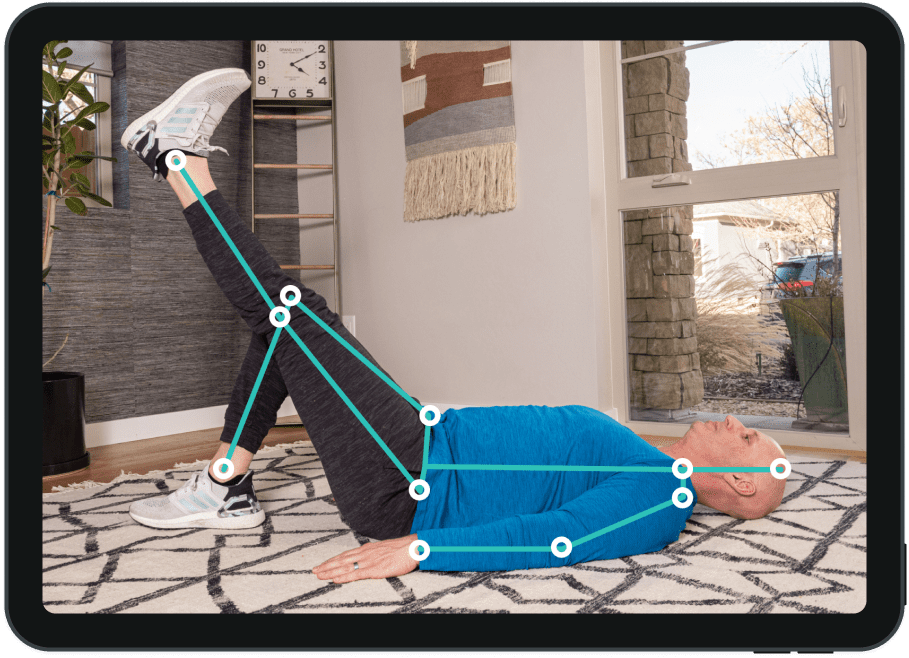
The integration of Artificial Intelligence (AI) into rehabilitation programs has brought transformative changes, offering a range of benefits that enhance the effectiveness, personalization, and efficiency of patient care. Some advantages of using AI in rehabilitation include:
Personalized Treatment Plans
AI can analyze a vast amount of patient data, including medical history, functional assessments, and real-time monitoring. This enables the creation of highly personalized treatment plans tailored to the patient’s specific needs, abilities, and progress.
Data-Driven Decision Maker
AI algorithms can process and interpret data from various sources, providing therapists with valuable information about their patient’s progress. These data-driven approaches allow for more informed decision-making.
Customized Rehabilitation Exercises
AI can design and recommend personalized rehabilitation exercises based on the individual’s capabilities and goals. This ensures that exercises are tailored to the patient’s needs and also allows for dynamic adjustments as the patient progresses.
Improved Accessibility
AI rehabilitation tools, like mobile apps and wearable devices, improve accessibility to therapy. Patients can engage in exercises, receive feedback, and access resources remotely. In return, this promotes continuity of care and increases patient engagement.
Cost-Effectiveness
AI-powered tools help contribute to cost-effectiveness in healthcare by optimizing resource allocation, reducing the need for repetitive assessments, and streamlining administrative processes. This efficiency helps translate into more accessible and affordable rehabilitation services.
2. Motion Capture Technologies and Video Biofeedback
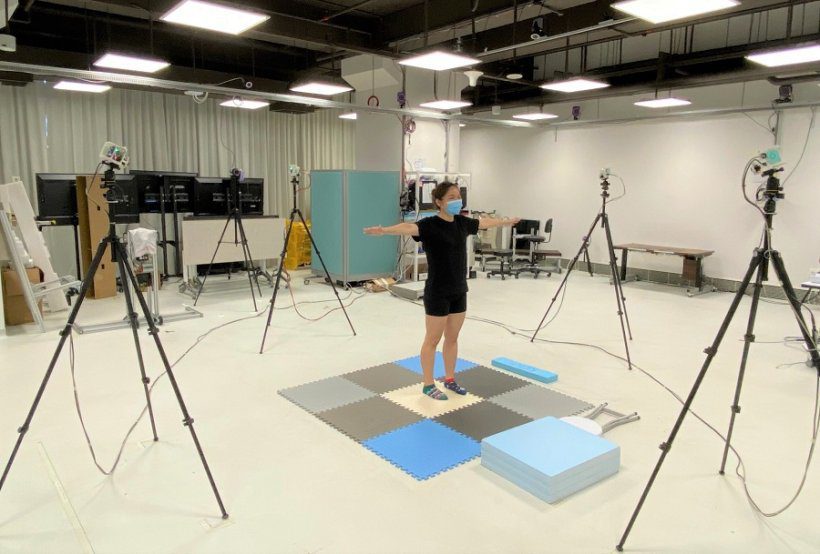
Motion capture technology and video biofeedback have become essential rehabilitation technologies. They provide valuable information for assessment, analysis, and intervention. These technologies offer a range of benefits that enhance the rehabilitation process and contribute to better patient outcomes. Some key benefits include:
Objective Movement Analysis
Motion capture systems provide objective and precise measurement of movement patterns. This allows therapists to assess their patient’s range of motion and overall biomechanics with high accuracy. This helps provide a detailed understanding of the patient’s functional abilities.
Real-Time Feedback
Motion capture technology and video biofeedback can offer real-time feedback, allowing patients and therapists to observe and adjust movements instantly. This immediate feedback promotes awareness and enables prompt corrections. This overall enhances the effectiveness of therapeutic exercises.
Quantitative Progress Tracking
Video biofeedback and motion capture technology generate quantitative data that can help track patient progress over time. Therapists can measure improvements in movement patterns, providing valuable insights into the effectiveness of rehab interventions.
Customized Treatment Plans
Therapists can design highly customized treatment plans with the help of video biofeedback and motion capture technologies. This personalization ensures that rehabilitation exercises target specific patient deficits and adapt to the evolving needs of the individual.
Increases Patient Engagement
Incorporating these technologies into rehabilitation sessions enhances patient engagement. Visual feedback creates a dynamic and interactive environment, making therapy sessions more interesting while encouraging active participation!
3. Augmented and Virtual Reality
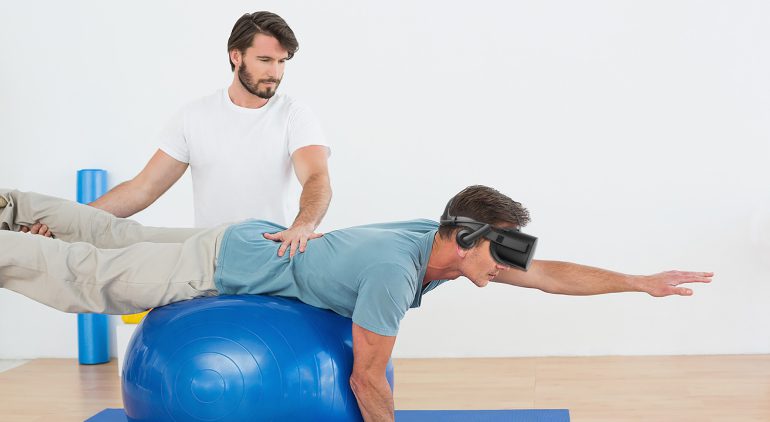
Augmented Reality (AR) and Virtual Reality (VR) are innovative rehabilitation technologies with valuable applications for rehabilitation. These immersive technologies offer a range of benefits, enhancing patient experience and improving outcomes. Some key advantages of using AR and VR in rehabilitation include:
Enhanced Engagement and Motivation
The patient’s attention is captured during immersive and interactive environments. This increased engagement can significantly increase motivation, making rehabilitation more enjoyable and encouraging consistent participation.
Realistic Simulations
AR and VR allow for the creation of realistic simulations of everyday environments or specific scenarios related to the rehabilitation process. Patients can practice activities of daily living in a controlled and safe virtual space, promoting functional skill development.
Motor Skill Training
Patients can engage in AR and VR activities that require precise movements, which helps improve coordination, balance, and fine motor skills through interactive virtual exercises.
Real-Time Feedback
Immediate feedback is valuable for patients to correct their movements, improve their posture, or refine their techniques during rehabilitation exercises. AR and VR can help provide real-time feedback by overlaying digital information onto the physical environment.
Functional Task Integration
AR and VR can be integrated into functional task training. For example, it can assist individuals with cognitive impairments by following step-by-step instructions for activities like cooking or getting dressed. This helps promote independence and improves daily living skills.
4. Overhead Track & Harness Systems
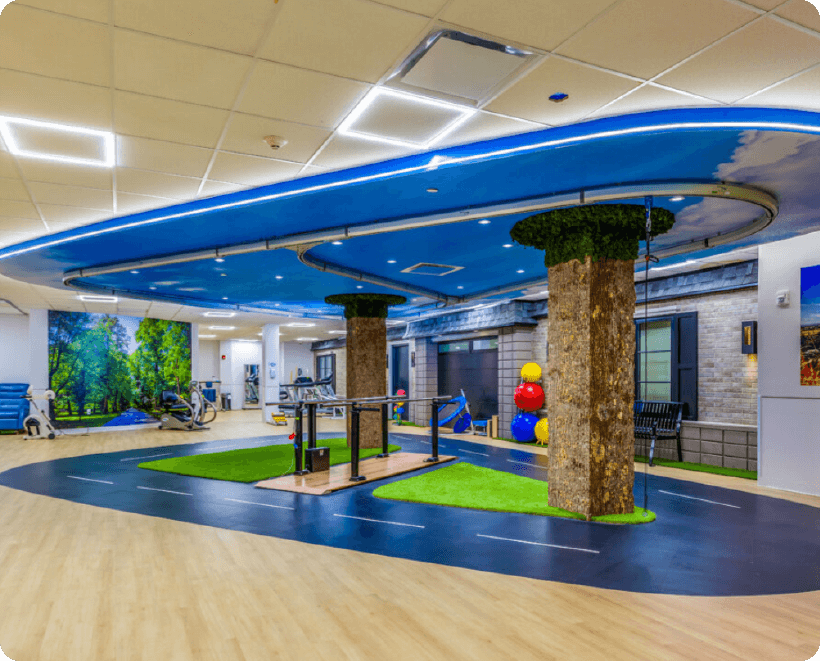
Overhead track systems, also known as ceiling-mounted track systems, offer numerous advantages in rehabilitation settings. These systems consist of a track mounted to the ceiling that supports patients and prevents falls during rehabilitation. The use of overhead track systems provides several benefits for both healthcare workers and patients during rehabilitation, including:
Enhanced Patient Safety
Overhead track systems contribute to increased safety during mobility and balance exercises. They are designed to support patients during standing, sitting, walking, and balance exercises, reducing the risk of falls or injuries during therapy.
Reduced Physical Strain on Caregivers
When your patient is in an overhead track and harness system, the physical strain on healthcare providers is reduced. Caregivers and therapists can help patients rehab effectively with less effort and strain. This helps prevent musculoskeletal injuries that may occur during manual lifting and reduces the need for multiple staff members for a single patient.
Improved Mobility Training
Overhead track systems allow therapists to focus on mobility training and functional activities with patients. Ceiling-mounted track systems provide the necessary support for patients to engage in gait training, standing exercises, strength training, and other mobility-enhancing activities, promoting independence and functional improvement.
Enhanced Rehabilitation Environment
A positive and supportive rehabilitation environment is created when utilizing overhead track systems. Your patients experience a sense of security and confidence during therapy, which helps improve patient satisfaction.
Accessibility and Inclusivity
Ceiling-mounted track systems promote accessibility and inclusivity during rehabilitation. They are designed to accommodate a range of patient needs, including patients who may suffer from mobility impairments or disabilities. This allows a broader spectrum of patients to participate in rehabilitation exercises.
Customizable to Your Facility Layout
Overhead track systems can be customized to suit your facility’s layout and needs. The track system can be configured over equipment like treadmills or parallel bars so your patients can participate in safe gait and balance training. Since overhead track systems take up minimal space in your facility, they can be used in a variety of different settings.
If you’re interested in learning more about overhead track systems like the Solo-Step, click the button below!
5. Diagnostics Tools
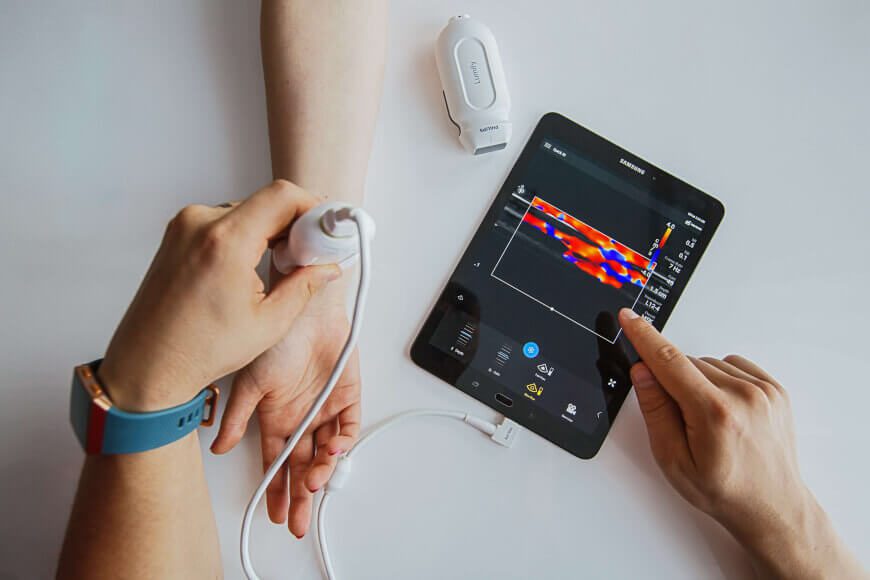
The integration of diagnostic tools into rehabilitation practices provides several benefits. They help enhance the assessment, monitoring, and overall effectiveness of rehabilitation programs. These rehabilitation technologies provide valuable information that helps therapists tailor interventions to individual needs. Some key advantages of using diagnostic tools during rehabilitation are:
Early Detection of Issues
Diagnostic tools enable the early detection of physical and functional issues. Identifying problems at an earlier stage allows therapists to intervene promptly. This helps prevent the development of complications and improves the chances of successful rehabilitation.
Objective Assessments
More accurate assessments are provided with diagnostic tools. They provide objective and quantifiable data about a patient’s physical condition, which helps provide more complete and accurate assessments. This helps reduce the reliance on subjective evaluations and enhances the precision of treatment planning.
Individualized Treatment Plans
Therapists can develop highly individualized treatment plans when analyzing diagnostic data. You can address specific impairments and functional limitations. This personalized approach maximizes the efficiency of rehabilitation programs and ensures that patient interventions are tailored to their specific needs.
Progress Monitoring
Patient progress can be monitored throughout the rehabilitation process through the use of diagnostic tools. Regular assessments using these tools help therapists gauge the effectiveness of interventions, make necessary adjustments, and communicate progress to their patients and other healthcare professionals.
Data-Driven Decision-Making
Therapists can make data-driven decisions based on objective data from diagnostic tools. This evidence-based approach enhances the precision and accuracy of treatment choices. Your interventions will be aligned with your patient’s specific needs and their goals of rehabilitation.
6. Light-weighting and Unweighting Technologies
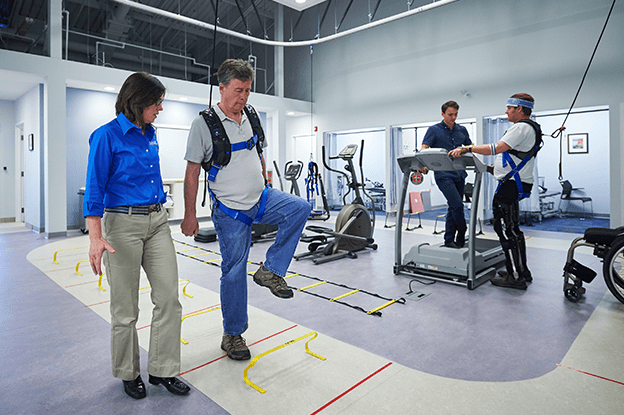
Light-weighting and unweighting rehabilitation technologies offer several advantages. They enhance mobility, reduce joint stress, and help in strength, gait, and balance training. The key advantages of using these technologies are:
Enhanced Mobility
Reducing the resistance or load during exercises makes it easier for your patients to move and perform functional activities. This is particularly advantageous for those recovering from surgery or experiencing mobility limitations.
Early Rehabilitation
Light-weighting allows patients to participate in rehabilitation faster because they can engage in exercises sooner without putting excessive strain on injured or weakened areas. This helps your patients recover faster and return to their normal activities sooner.
Gait Training and Mobility Improvement
Light-weighting and unweighting technologies allow your patients to participate in therapy without impacting their lower extremities. This is particularly beneficial for patients with neurological conditions, spinal cord injuries, or those relearning proper gait patterns after surgery.
Reduced Load on Lower Extremities
Your patients can perform weight-bearing activities with reduced load on their lower extremities. These technologies allow your patients with joint conditions, lower limb injuries, or weight-bearing restrictions to recover safely and effectively.
Pain Management
When your patients use light-weighting or unweighting technologies, they may experience less pain during therapy. This is due to the reduced load on their lower extremities. Patients with conditions like arthritis or lower back pain may find relief during exercises performed in a light-weighted or unweighted environment.
Progressive Rehabilitation
With light-weighting and unweighting systems, your patients can gradually increase their weight-bearing activities as they regain strength and stability. This ensures a gradual transition towards full-weight-bearing activities.
Safe Environment for Rehabilitation Exercises
While using light-weighting and unweighting technologies, your patients can rehabilitate in a controlled and safe environment for patients to practice their exercises and activities. This is important for individuals with balance issues, weakness, or fear of falling. Your patients can gain confidence and independence during their treatment.
The technologies mentioned in this blog are just a glimpse of the exciting advancements shaping healthcare in 2024. As these innovations become more widespread, the potential for improving patient outcomes, increasing accessibility, and enhancing the overall rehabilitation experience is boundless. Our mission at Solo-Step is to improve the quality of life for your patients. For more information about the Solo-Step Overhead Track and Harness System, click the button below!